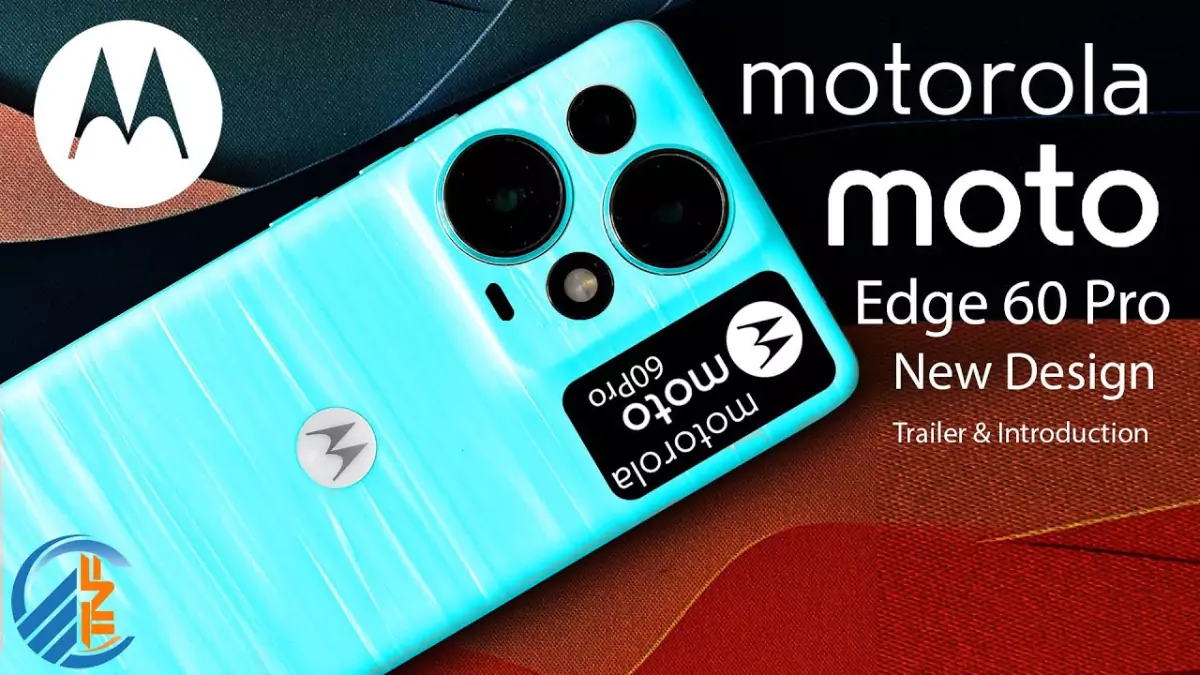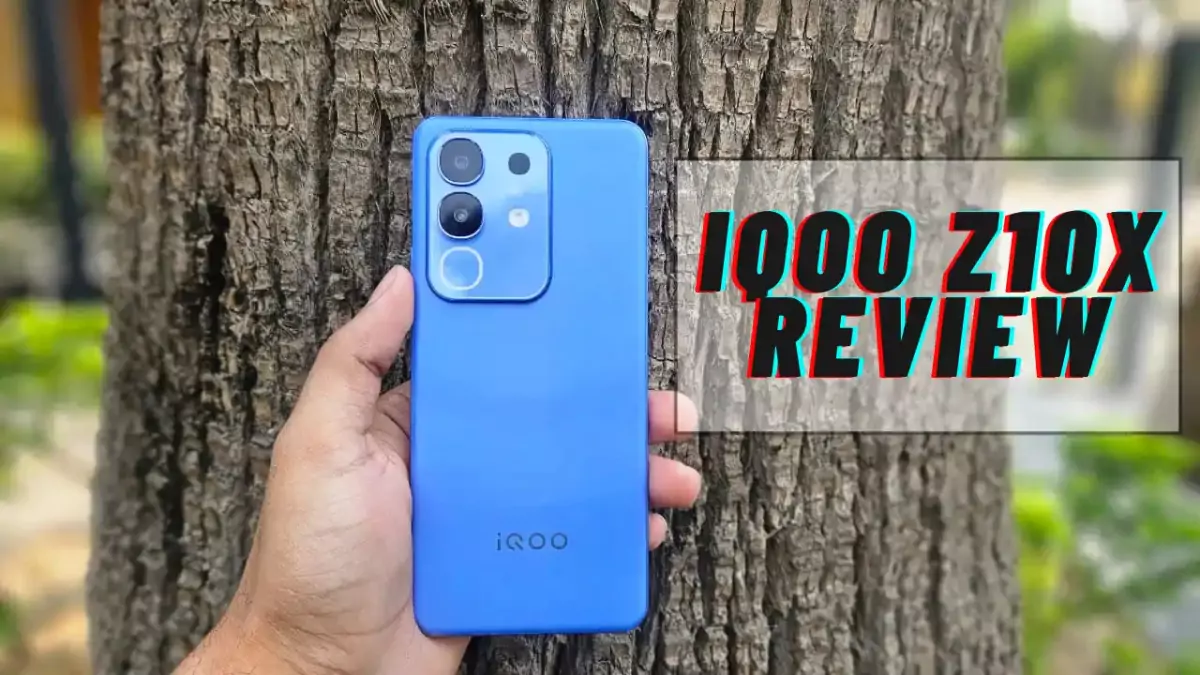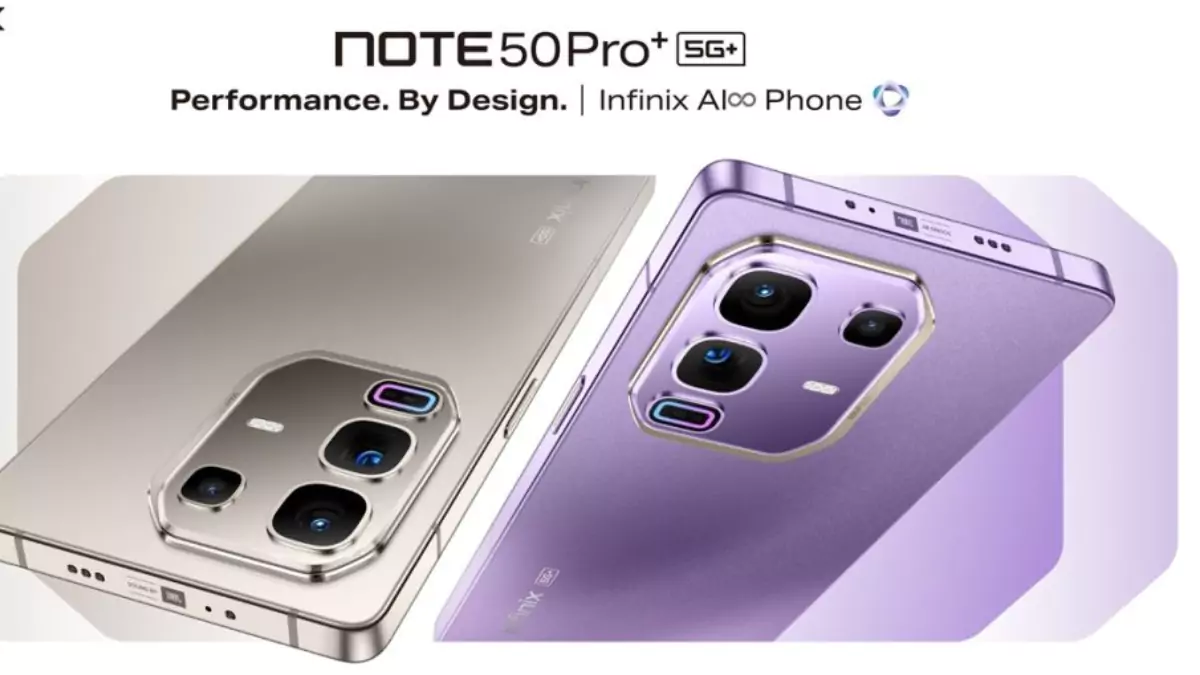Google has announced the launch of Gemini Flash 2, the latest addition to its Gemini AI model family, promising significant upgrades in speed, efficiency, and creative capabilities. The update introduces native image generation—a first for Google’s flagship AI—and a new watermark removal tool, sparking both excitement and ethical debates within the tech community.
Gemini Flash 2: A Leaner, Faster AI Powerhouse
Positioned as a lighter counterpart to the bulkier Gemini Pro and Ultra models, Gemini Flash 2 is designed for tasks requiring rapid processing without sacrificing performance. Google claims the model delivers near-instant responses for applications like real-time content generation, customer service chatbots, and data analysis. Its compact architecture allows it to operate efficiently on lower-resource devices, making advanced AI more accessible to developers and businesses.
“Gemini Flash 2 represents a leap forward in democratizing AI,” said a Google spokesperson in a press briefing. “By optimizing for speed and scalability, we’re empowering creators and enterprises to integrate cutting-edge AI into their workflows seamlessly.”
The model’s release underscores Google’s strategy to compete with rivals like OpenAI’s GPT-4o and Meta’s Llama 3, which have also prioritized efficiency for real-time applications.
Native Image Generation: A Game-Changer for Creators
A standout feature of Gemini Flash 2 is its ability to generate images natively within the platform. Unlike earlier models that relied on external tools or plugins, this upgrade enables users to create high-resolution visuals directly through text prompts. From photorealistic landscapes to abstract art, the tool aims to streamline workflows for designers, marketers, and educators.

Google’s image generator employs a refined version of its diffusion model technology, which iteratively refines noise into coherent images. Early demos show improved detail accuracy and faster rendering times compared to previous iterations. The company also emphasizes safeguards to prevent misuse, such as filters blocking violent, explicit, or copyrighted content.
However, the feature raises questions about the impact on creative industries. While some praise its potential to democratize design, others worry about job displacement and the devaluation of human artistry. “Tools like this are transformative, but they must complement—not replace—human creativity,” noted an AI ethics researcher.
Watermark Removal: Innovation or Ethical Pitfall?
More contentious is Gemini Flash 2’s ability to remove digital watermarks from images. Watermarks, often used by photographers and stock platforms to assert ownership, can now be erased with a single command. Google argues the tool is intended for “ethical editing,” such as decluttering personal photos or modifying licensed content legally.
Critics, however, warn of dire consequences. “Watermark removal in the wrong hands enables piracy and copyright infringement at scale,” said a digital rights advocate. “It undermines creators’ ability to protect their work.” The feature also risks exacerbating misinformation, as altered images could circulate without attribution, muddying the line between authentic and AI-generated content.
In response, Google clarified that the tool includes safeguards, such as blocking attempts to edit watermarks from recognized stock image platforms. Yet skeptics argue determined users could easily bypass these measures.
Balancing Progress with Responsibility
Google’s rollout of Gemini Flash 2 reflects a broader industry trend: pushing AI boundaries while grappling with ethical dilemmas. The company has pledged to adhere to its AI Principles, including accountability and safety, but enforcement remains challenging.
For instance, while native image generation includes metadata tagging AI-generated content, standards for such labeling are inconsistent across platforms. Similarly, watermark removal tools—despite guardrails—highlight the need for robust legal frameworks to address digital ownership in the AI era.
Industry Reactions and Future Implications
The announcement has drawn mixed reactions. Developers praise Gemini Flash 2’s technical prowess, calling it a “boon for innovation.” Meanwhile, advocacy groups urge regulators to scrutinize tools that could enable intellectual property theft.
The update also signals Google’s ambition to dominate the generative AI market, integrating its models into products like Google Workspace, Android, and Cloud. Analysts speculate that future iterations could offer video generation or 3D modeling, further blurring the lines between human and machine-generated content.
Conclusion: Navigating the AI Frontier
Gemini Flash 2 exemplifies the dual-edged nature of AI advancement. While its speed and creativity unlock new possibilities, the watermark removal tool serves as a reminder of the ethical tightrope tech companies walk. As Google refines its models, the broader conversation will hinge on striking a balance—harnessing AI’s potential while safeguarding the rights and labor of creators.
For now, the ball is in the court of policymakers, industry leaders, and users to ensure these tools drive progress without compromising integrity. As one developer put it, “Innovation shouldn’t outpace our responsibility to use it wisely.








